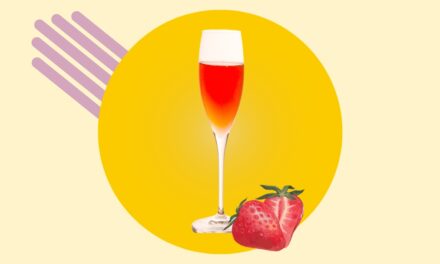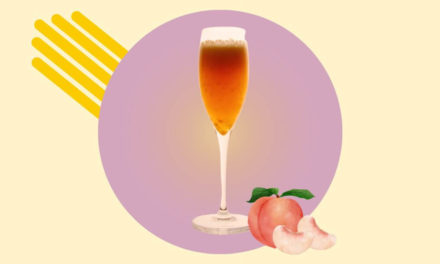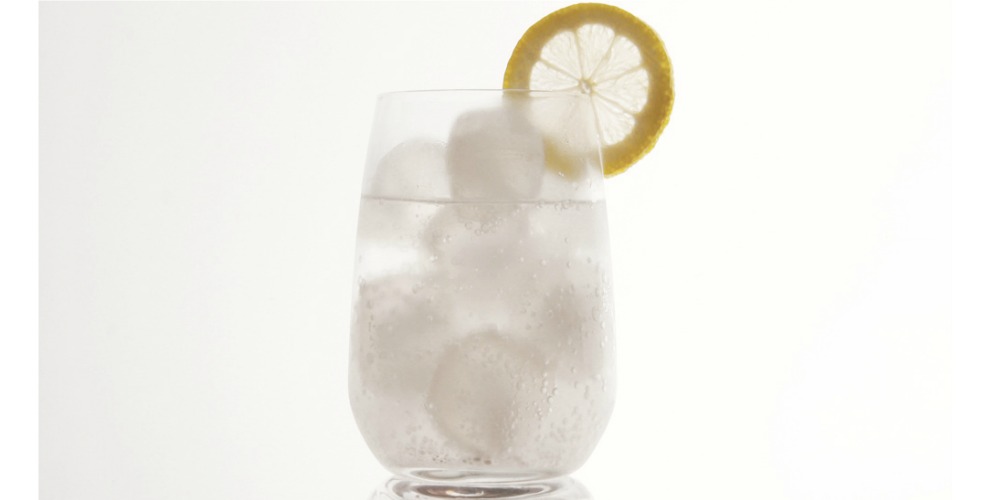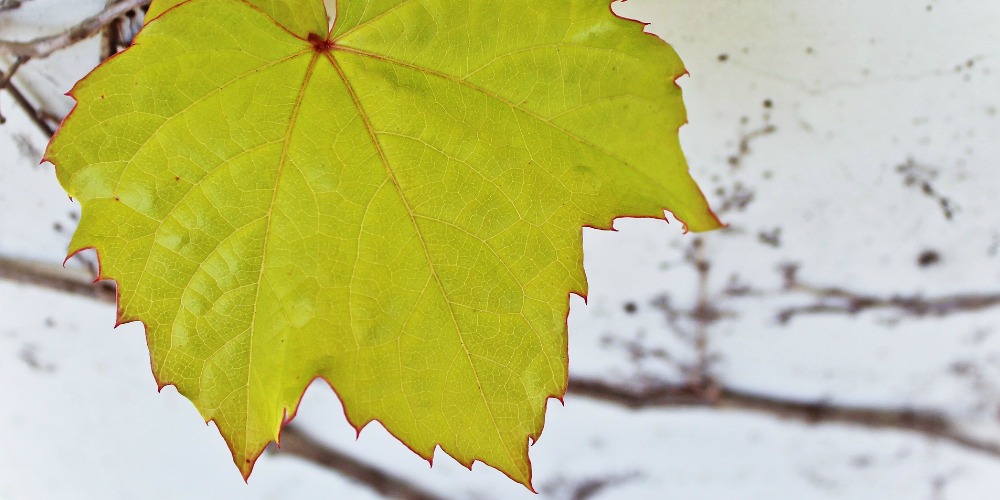It’s Cachaça Day and what’s the best way to celebrate it? With a fresh Caipirinha – Brazil’s luscious national drink! A perfect drink for these hot summer days. As a matter of fact, it’s suitable for any day of the year!
THE ORIGIN OF CAIPIRINHA
Unfortunately, little is known about the origin of the Caipirinha. We can assume from the name Caipirinha that the drink would have originated in the interior of the state of Minas Gerais or São Paulo, the land of the “caipiras” (= people from the rural parts of south-central Brazil). However, it seems that the oldest record of the Caipirinha was found in the city of Paraty, in the state of Rio de Janeiro. The first record of something similar to the Caipirinha is from the 19th century, but it was not a drink but rather a remedy.
Paraty
In a document written by engineer João Pinto Gomes Lamego in 1856, there is an account of a cholera outbreak in the municipality of Paraty, Rio de Janeiro. To contain the disease (caused by a bacterium and transmitted, among other ways, through water), the residents started mixing the water they drank with cachaça, lemon, and sugar.
Paraty was one of the cradles of cachaça in Brazil, with a significant production dating back to the early 17th century. This sugarcane distillate was already highly appreciated during the colonial period, and its fame made Paraty synonymous with high-quality Cachaça.
Piracicaba
Moving forward to the year 1918, amidst the Spanish flu, Paulo Vieira, a farmer from Piracicaba, a municipality in the interior of São Paulo, developed a supposedly therapeutic syrup with cachaça, honey, lemon, and garlic. During the Spanish flu pandemic, it was common practice to consume “garrafadas”: popular remedies made from herbs and homemade ingredients, which often included alcohol in the recipe, just like tonics and fortifiers.
As the flu subsided, the “magic remedy” remained and turned into a drink. Honey was replaced with sugar (Piracicaba thrived on sugarcane cultivation), and garlic was replaced with ice – thankfully. The name “Caipirinha” emerged, without a specific date, as it spread and reached the coast of São Paulo, where the rural (caipira) origin came to mind.
This would be the most widely believed version of the Caipirinha’s origin. However, anthropologist Luís da Câmara Cascudo, a prominent scholar of Brazilian culture, supports another version: that the Caipirinha was created in Piracicaba itself but before the Spanish flu. And already as a drink. In the late 19th century, the farmers of the region allegedly began serving the concoction at parties as an alternative to imported whiskey and wine – which were more expensive and harder to come by.
Either way, Caipirinha is a beautiful result of history and culture – a cultural symbol of Brazil. It’s not a drink created by some bartender at a certain bar.
INGREDIENTS
60 ml Cachaça
1 lime
4 teaspoons sugar
METHOD
Take the lime and cut off its ends (top and bottom), then cut it in half lengthwise. Cut each half lengthwise again – you’ll now have 4 wedges. Remove the white inner part of the lime. Cut each wedge in half, so you end up with 8 small cubes. Place lime (pulp facing upwards) and sugar into an old fashioned glass and muddle everything (be gentle!). At last, fill the glass with slightly cracked ice and pour that marvellous Cachaça on top! Stir everything gently, add a straw and serve your wonderful Caipirinha.
HOW TO MAKE THE PERFECT CAIPIRINHA
Cachaça, Cachaça, Cachaça
If the Caipirinha doesn’t include Cachaça as the base spirit, it’s not a Caipirinha! Period! Don’t accept imitations! And put that bottle of vodka away NOW! 😱
Caipirinha: A Cocktail Assembled and Stirred with Love
The Caipirinha is a cocktail assembled individually in each glass. Do you think it’s unnecessary and want to shake it vigorously in a cocktail shaker? Don’t do that, dear! If you shake it vigorously in a cocktail shaker, the ice may dilute more quickly, making the drink watery and less alcoholic. Moreover, you risk over-extracting the essential oils present in the lime peel, which can lead to bitterness. Using the cocktail shaker to make multiple Caipirinhas at once is also not advisable as it affects the precision of the recipe, consequently affecting the taste. Dedicate time to the Caipirinha and assemble each one individually. That’s love, and you deserve a great Caipirinha! ❤️
Old-Fashioned Glass
Use a lowball glass, such as an Old-Fashioned glass, not a highball glass. This ensures that the Caipirinha is drunk more quickly, maintaining its ideal temperature and preventing the drink from becoming watery due to excessive ice melting. In a highball glass, consumption would be slower, and the drink could become diluted as the ice melts, negatively altering the drink’s flavour.
Lime Prep
Slice the limes in a way that facilitates muddling. Cutting the lime into thin strips or small cubes makes muddling easier as the fruit’s juice is extracted more readily, requiring less force on the peel. Gently muddle to avoid crushing the peel too much, which could result in bitterness in the drink. Removing the white inner part of the lime avoids bitterness as well.
Sugahhhh
Use plain regular white sugar, not simple syrup. Sugar aids in muddling and extracting the lemon juice. Yummy!
Straw
Using a straw is a good idea as it allows you to interact more with the Caipirinha and stir the sugar that settles at the bottom of the glass. But don’t go crazy and keep stirring non-stop! Give it an elegant little stir from time to time and take a sip.
Saúde! 😉










